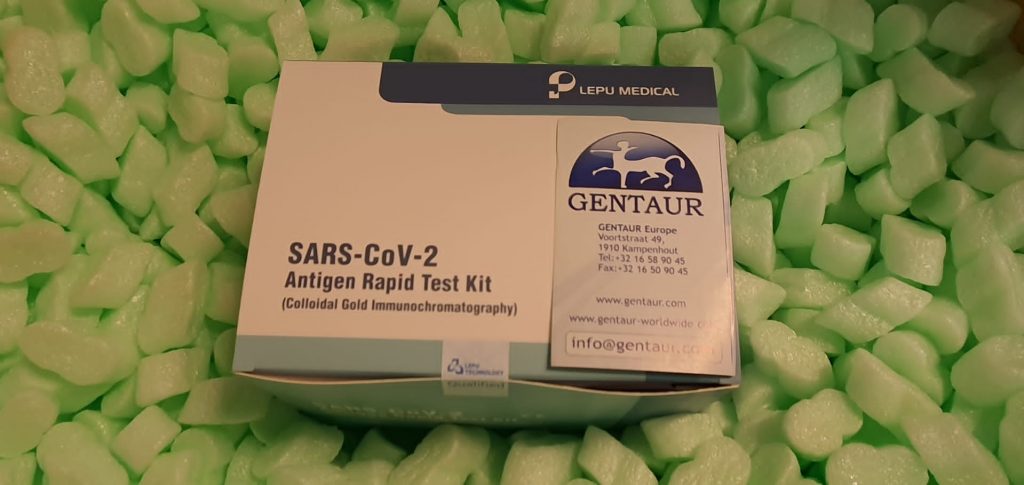The Rocky Road From Fed-Batch to Continuous Processing With E. coli.
Escherichia coli nonetheless serves as a beloved workhorse for the manufacturing of many biopharmaceuticals because it fulfills important standards, reminiscent of having quick doubling occasions, exhibiting a low danger of contamination, and being simple to upscale. Most industrial processes in E. coli are carried out in fed-batch mode. However, current developments present that the biotech business is shifting towards time-independent […]
The Rocky Road From Fed-Batch to Continuous Processing With E. coli. Read More »





